Some people contend that Jesus did not rise from the dead. Skeptics continue to develop explanations on what really happened, even though they lived mant years after Christ. Karl Venturini, at the beginning of the nineteenth century, suggested the “swoon theory.” The swoon theory says that Jesus swooned, or fainted, on the cross, but did not [&hellip
In the evidence outside of the Bible for the historical Jesus of Nazareth, there were references to His divinity—that He was considered to be God by His followers. Why would people think Jesus was God? From the previous chapter we saw that Jesus taught large crowds, had many followers, healed various diseases, cast out demons, [&hellip
We continue with some final evidences of Jesus’ existence. The persecution of early Christians continued in the Roman empire. In Asia Minor (or modern day Turkey), Pliny the Younger was writing to Emperor Trajan in the second century seeking advice. Since so many Christians had been killed, whether young or old, male or female, Pliny [&hellip
The historical record of Jesus life outside the Bible continues. The Greek satirist of the second century Lucian labeled Christians “misguided creatures” for worshipping the crucified Christ as the Son of God and for living a godly lifestyle. “The Christians, you know, worship a man to this day—the distinguished personage who introduced their novel rites [&hellip
Jesus’ death, as well as His life, is recorded by ancient historians. And an interesting occurrence during his death is covered in these documents. When Jesus was being crucified, the Bible records a darkness covered the land from noon until 3:00 PM. Luke 23:44-45 says, “It was now about the sixth hour, and darkness came over the whole land until [&hellip
Here’s more evidence for the reality of Jesus’ existence. Although not a Christian, Josephus, a first century Jewish historian, recorded the following: “At this time there was a wise man called Jesus, and his conduct was good, and he was known to be virtuous. Many people among the Jews and the other nations became his [&hellip
Did Jesus even exist at all? The answer is “yes.” Evidence for Jesus’ life survives in writings outside of the pages of Scripture. Usually, people associate Jesus with good works and miracles, thinking of Him as being very popular. But the Bible also records that He was a wanted man—in a criminal sense. John 11:57 [&hellip
There is great evidence to back up the claim that the Bible is true; it passes an external evidence test. Renowned archaeologist Nelson Glueck said, “It may be stated categorically that no archaeological discovery has ever controverted a biblical reference. Scores of archaeological findings have been made which confirm in clear outline or exact detail [&hellip
The Bible has references to strange creatures that match the description of dinosaurs. On day five, in Genesis 1:21 it says, “So God created the great creatures of the sea and every living and moving thing with which the water teems, according to their kinds.” The Hebrew word for “great creatures” is tannin; it means a [&hellip
Even after losing most dinosaurs in the Flood, these awesome animals were not extinct. Some survived from the Ark and eventually were the source of dragon legends that we read about today. In the Sumerian story of Gilgamesh, dating to around 2000 B.C., the hero killed a dragon found in a forest. As Alexander the [&hellip

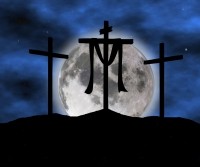
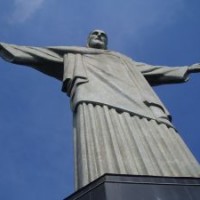




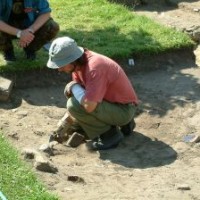
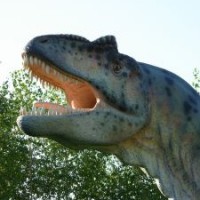
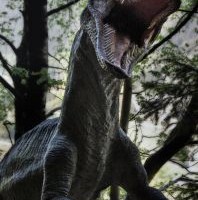







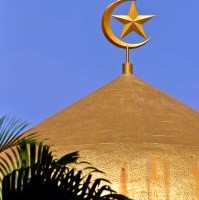

0
Comments
Add